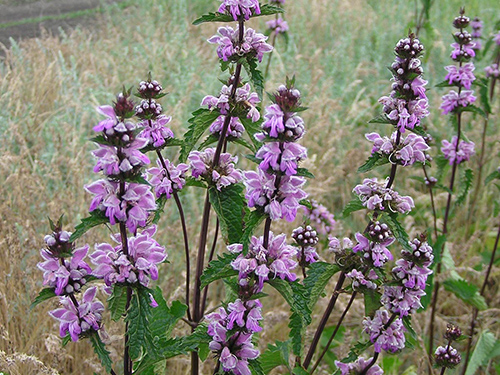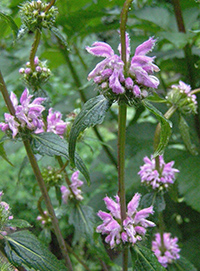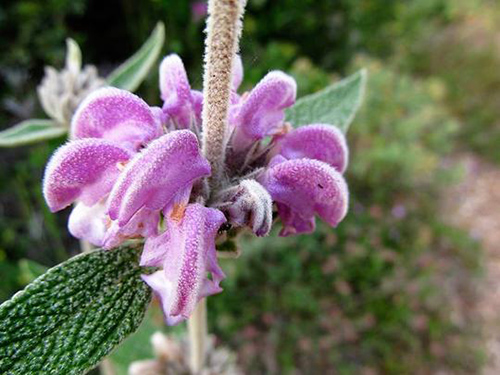Contents
From the 16th century onwards, people believing the theory of signs saw the resemblance of an ill lung with tuberculosis in the Jerusalem sage plant. Many 19th and early 20th-century people suffering from tuberculosis were treated with the lungwort plant, sometimes achieving success. At present, it still is a helpful plant for respiratory afflictions.

Jerusalem Sage Plant Scientific Facts
- Other names: Jerusalem cowslip, lungwort, maple lungwort, spotted comfrey, spotted lungwort.
- French: Pulmonaire.
- Spanish: Pulmonaria, salvia de Jerusalen.
- Environment: It is found in humid, clear, calcareous forests all over Europe and has been introduced to warm and cold regions of America.
- Description: This is a vibrant, herbaceous plant in the Boraginaceae family. Its hairy stem grows up to 30 cm high, and a pink and violet flower bouquet grows on the tip of its stem.
- Parts of the plant used medicinally: The whole plant with flowers.
Healing Properties and Indications

The whole plant contains mucilage and allantoin, both substances with emollient properties; tannin, with astringent properties; a certain amount of saponins, which give the plant expectorant properties; salicylic acid, and potassium and calcium salts, which have anti-inflammatory, diuretic, and sudorific properties.
- Internally used: The plant is recommended for several respiratory ailments, such as bronchial catarrh, sore throat, irritating cough, hoarseness, and aphonia (taken orally and in gargles). It is beneficial in combating the adverse effects of tobacco on the respiratory airways. It can be used for pulmonary tuberculosis to complement specific treatment, always under medical supervision.
- In external applications, the Jerusalem sage plant is used to heal wounds, bruises, skin marks, and chilblains.

How to use Jerusalem Sage
- Decoction with 30-50 g of plant per liter of water, boiled for 15 minutes. Drink three or four cups daily, sweetened with honey.
- Gargles with the same infusion as for internal use.
- Washing and compresses with the decoction mentioned above, applied on the affected skin area.
DISCLAIMER: All content on this website is presented solely for educational and informational objectives. Do not rely on the information provided as a replacement for advice, diagnosis, or treatment from a qualified medical expert. If you are pregnant, nursing, or have any preexisting medical concerns, talk to your doctor before using any herbal or natural medicines.
REFERENCES
- George D. Pamplona-Roger, M.D. “Encyclopedia of Medicinal Plants.” George D. Pamplona-Roger, M.D. Encyclopedia of Medicinal Plants. Ed. Francesc X. Gelabert. Vols. 1 San Fernando de Henares: Editorial Safeliz, 2000. 331. Print.
- PubMed https://pubmed.ncbi.nlm.nih.gov/
- Google Scholar https://scholar.google.com/
- National Institutes of Health https://www.nih.gov/
- American Botanical Council http://abc.herbalgram.org/
